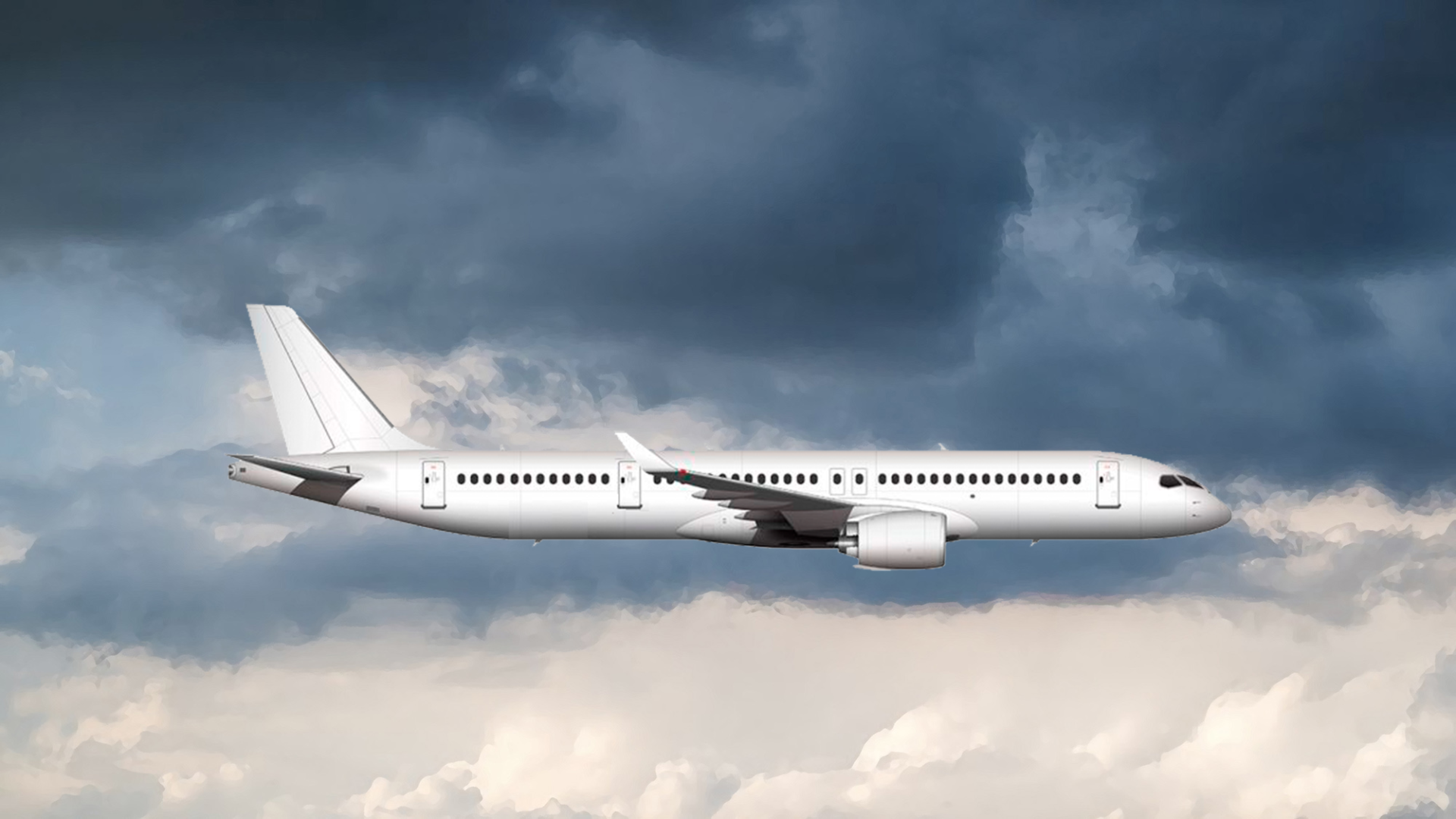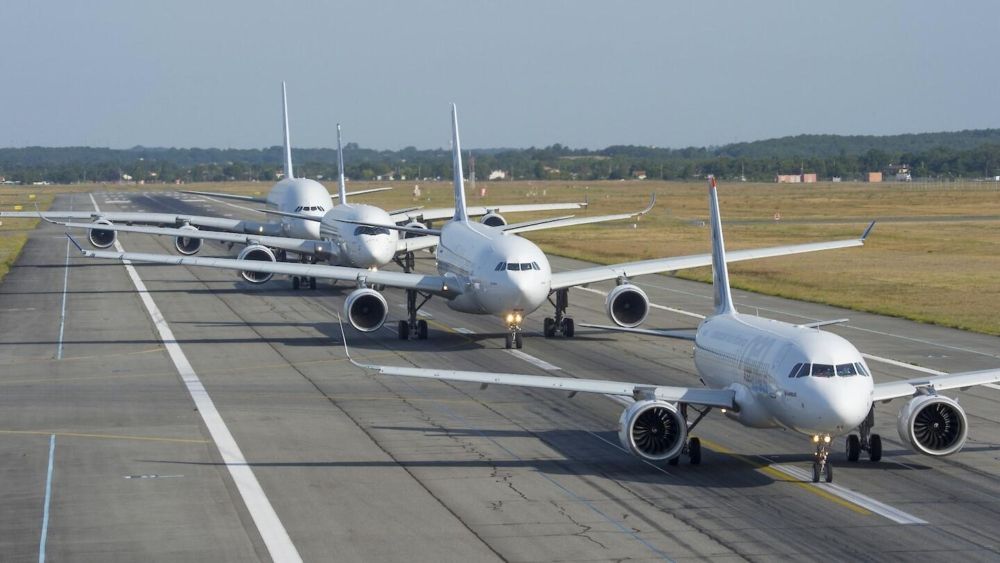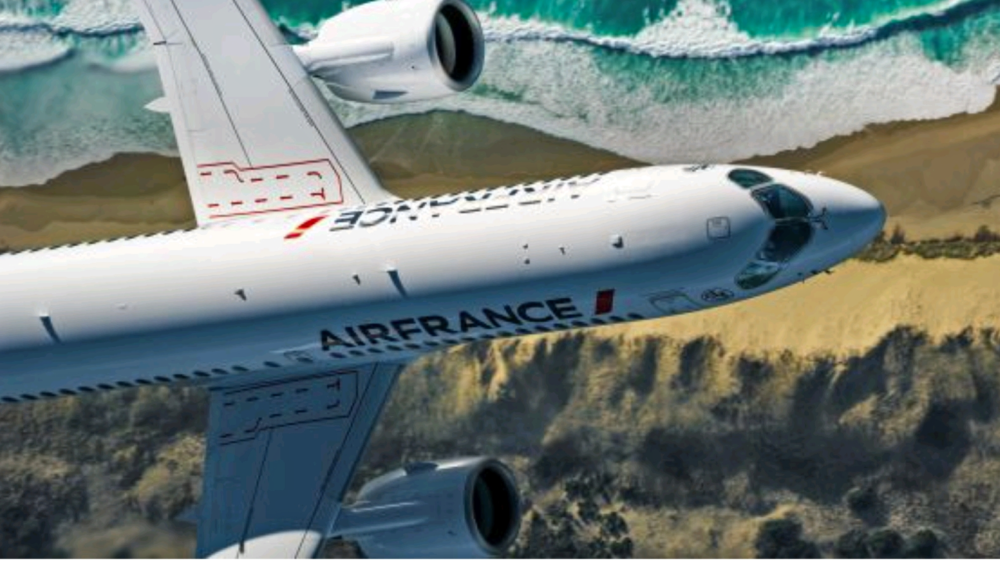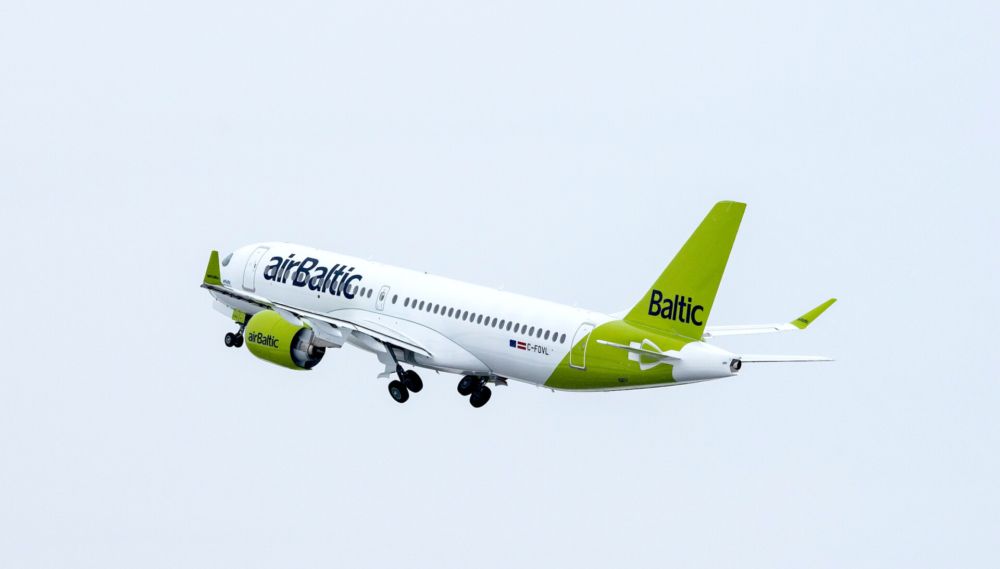With several airlines around the world signaling interest in a stretched Airbus A220, a common criticism of this hypothetical endeavor is that the jet would cannibalize sales of the planemaker's similarly-sized A320neo. If we examine aircraft size alone, there are merits to this argument. However, there is also a lot more to the situation that would allow for another variant of the A220 to prosper alongside the A320. Let's unpack this question in this article.
Has the A220 already eaten into the sales of other Airbus jets?
To date, 70 Airbus A319neo jets have been ordered. Some of these aircraft are ACJ A319neos and have already entered service as private jets. However, the passenger version of the aircraft is still yet to officially enter service, having continued its flight testing in recent months.
While a single order for 70 aircraft might be impressive, this same number spread out over several years, and several airlines make it less so. The number, when put into the context of other sales of A320neo family jets, is downright disappointing. Consider this: Airbus has racked up orders for nearly 7,900 aircraft across the entire A320neo family (A319, A320, and A321). Crunching the numbers, sales for the A319neo account for less than 1% of overall orders for the family.
Some speculate that the similarly sized A220-300 is to blame. The two jets actually have identical maximum capacities while the A220-300 has a lower MTOW, making it cheaper to operate since many airports charge based on this metric.
However, an argument to counter this 'cannibalization theory' is that the A319ceo is relatively new. The first A319 delivery was in 1996, making the oldest aircraft about 24 years old. However, as mentioned in a previous Simple Flying article, most A319s flying today are in the neighborhood of 15 to 20 years old. Thus, it's possible that airline customers hoping to modernize their A319 fleets might just be waiting for the right time to do so.
How an A220-500 would overlap with the A320neo
If we limit our analysis to aircraft size, then there is no doubt about it: An A220-500 would overlap with the A320neo in the exact same way that the A220-300 overlaps with the A319neo. A larger version of the A220 would add six rows of seats, expanding capacity to 200 seats. This is near identical to the maximum capacity of the A320neo.
Additionally, just like our above example, we would anticipate the A220-500 also having a lower MTOW than the A320, thus lowering its trip costs and making it a more attractive aircraft. But is there more to the story than just size?
Stay informed: Sign up for our daily and weekly aviation news digests.
One manufacturer, two different types of aircraft
The A220 and A320 families are very different. Despite being sold under the Airbus banner, the A220 was designed by Canadian planemaker Bombardier and thus is a different type altogether. When we take this into account, we would imagine that airlines already heavily invested in the A320 family type would try to remain within the family (think easyJet, Air Arabia, AirAsia).
The same goes for operators that are keen to feature the A220- airBaltic and Breeze Airways come to mind. This would ensure efficiencies when it comes to crew training, maintenance, spare parts, and more- something that is lost if a carrier has both the A220 and A320.
Air Canada, Air France, Delta Air Lines, and several other operators do operate both Airbus types. However, their operations and fleets are already so diverse that they would prefer the operational flexibility of having aircraft of various sizes. It's also interesting to note that most of the airlines operating A220 and A320 type jets are also operators of the A321. This tells us that these carriers want to operate routes at opposite sides of the spectrum- something that no single family of aircraft can do.
How the two families of Airbus jets can prosper
It's no secret, Airbus is doing very well right now. Its recent major victories include deals with Qantas and the Air France-KLM Group. Both of these deals will see airlines modernize their fleets and replace older Boeing 737NG models with either A220s or A320neos.
These orders have only added to Airbus' hefty backlog. When it comes to the A320neo, over 2,300 aircraft have been ordered that are yet to be delivered. Indeed, if an airline were to join the 'back of the queue' now, there is most definitely a multi-year waiting period to receive the new narrowbodies. Therefore, with limited production slot availability, Airbus could find ways to ramp up A220 production at the respective facilities and offer airlines a comparable product- one that is available within a shorter period of time. Therefore, at the end of the day, given the existing popularity of both aircraft, it would seem as though Airbus could simply do well on two fronts- even if there is overlap.
What do you think? Is there a compelling argument that the A220-500 would not affect sales of the A320neo? Let us know by leaving a comment.




